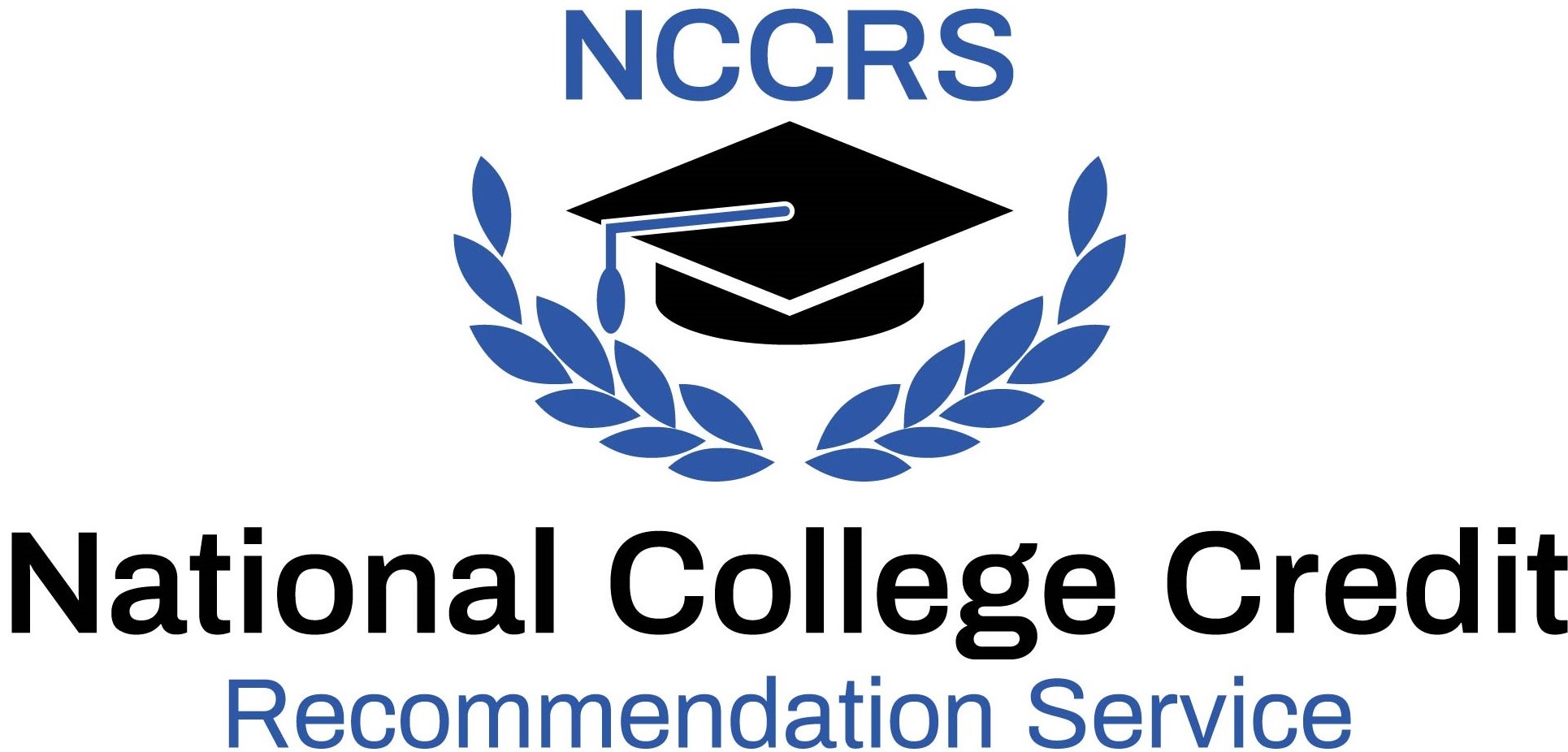Coopersmith Career Consulting | Evaluated Learning Experience
Fundamentals of Graphic Design (CIS-330)
Varies; (self-study; self-paced).
June 2025 - Present.
Upon successful completion of the course, students will be able to: evaluate and apply visual research and conceptual development methods to create strategic and audience-targeted design solutions; analyze and critique graphic design work using foundational principles such as contrast, hierarchy, alignment, and balance to assess visual effectiveness; integrate advanced typographic knowledge—including hierarchy, legibility, typeface vs. font distinction—into the design of effective communication materials; apply color theory concepts such as harmony, contrast, saturation, and color psychology to develop cohesive and intentional visual identities; synthesize composition principles, including spatial organization and visual flow, to create aesthetically compelling and communicatively clear layouts; demonstrate proficiency in industry-standard graphic design tools (e.g., Adobe Creative Cloud) to produce professional-level digital and print-ready materials; critically assess the production process from screen to print, including file preparation, material selection, and client presentation strategies; analyze current and emerging technologies—including AI and web/mobile platforms—and predict their implications for the future of design practice and ethics.
Fundamentals of Graphic Design provides students with an in-depth exploration of the principles, tools, and evolving practices of graphic design. Through research-based inquiry, visual analysis, and hands-on design assignments, students will develop skills in layout, typography, color theory, digital tools, web and print design, and conceptual thinking. Emphasis is placed on both the technical execution and strategic purpose of design across print and digital platforms. The course culminates in a comprehensive final project that integrates core principles with emerging trends, such as artificial intelligence and responsive design, preparing students for real-world creative problem-solving in the modern design landscape.
In the associate/certificate degree category OR in the lower division baccalaureate/associate degree category, 3 semester hours in Graphic Design (6/25)



